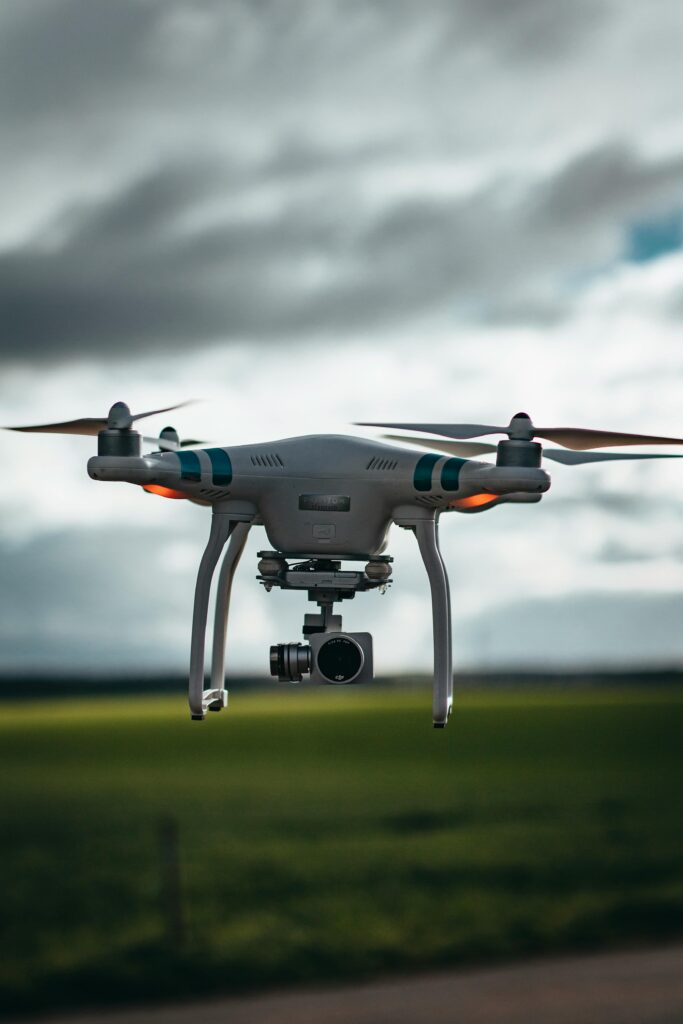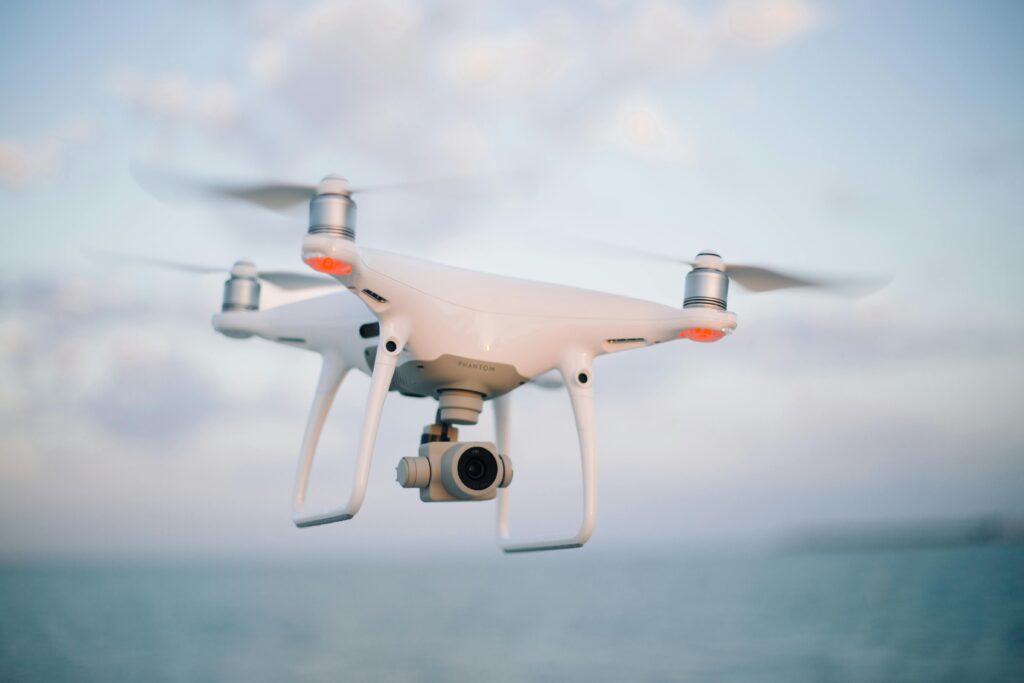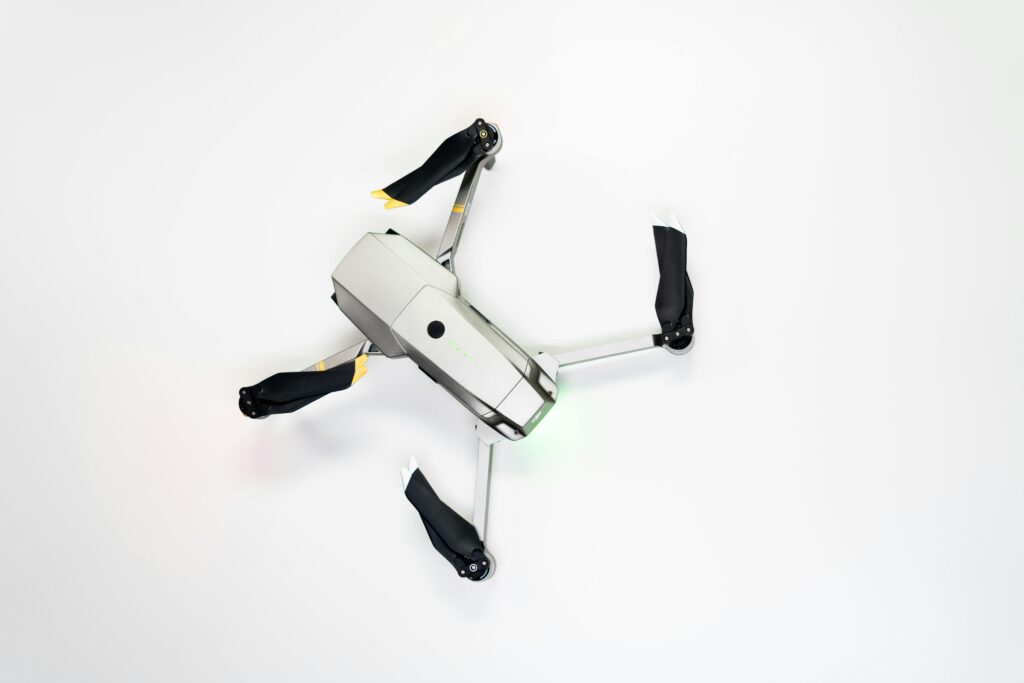Can Drones Be Used For Commercial Purposes?
Can drones be used for commercial purposes?
Understanding the Basics of Drones
Drones, also known as unmanned aerial vehicles (UAVs), are aircraft that are operated remotely by a pilot on the ground. These aircraft can be controlled manually or autonomously and have become increasingly popular in various industries, including agriculture, construction, photography, and delivery services.
Drones come in many shapes and sizes, ranging from small quadcopters to larger fixed-wing aircraft. They are equipped with cameras, sensors, and other technology that allow them to capture images and data from above.
How Do Drones Work?
Drones are powered by lithium batteries and use rotors or propellers to stay in the air. They are controlled through a radio transmitter or a mobile device, which sends signals to the drone’s flight controller to adjust its speed, altitude, and direction. Some drones also have GPS technology that enables them to navigate and follow pre-programmed flight paths.
These aircraft are capable of capturing high-quality photos and videos from unique vantage points that would be difficult or impossible to achieve with traditional aircraft or ground-based cameras.
Commercial Uses of Drones
Drones are being utilized in a wide range of industries for commercial purposes. They offer numerous advantages, such as cost-effectiveness, efficiency, and the ability to access hard-to-reach or dangerous areas. Let’s explore some of the most common commercial uses of drones:
Agriculture
In agriculture, drones are used to monitor crops, assess plant health, and optimize irrigation and fertilization. Farmers can use drones equipped with multispectral cameras to detect problems early, such as pests, diseases, or nutrient deficiencies, allowing them to take proactive measures to improve crop yields.
Construction
Construction companies are increasingly turning to drones for surveying, mapping, and monitoring construction sites. Drones can quickly and accurately capture aerial images and 3D models of construction projects, helping project managers track progress, identify potential issues, and improve collaboration among teams.
Photography and Videography
Drones have revolutionized the photography and videography industry by providing breathtaking aerial perspectives for photography, film, and video production. Wedding photographers, real estate agents, and filmmakers can capture stunning shots from the air that enhance storytelling and engage viewers.
Delivery Services
E-commerce companies and logistics providers are exploring the use of drones for parcel delivery. Drones can deliver packages quickly and efficiently to remote or hard-to-reach locations, reducing delivery times and costs. While regulatory restrictions currently limit the widespread adoption of drone delivery, advancements in technology and legislation are gradually making it a viable option.

Regulations and Restrictions
As drones continue to gain popularity for commercial use, it’s essential to be aware of the regulations and restrictions that govern their operation. Different countries have varying laws and guidelines regarding drone usage, so it’s crucial to understand and comply with the rules in your region to avoid fines, penalties, or legal consequences.
FAA Regulations in the United States
In the United States, the Federal Aviation Administration (FAA) regulates drone operations through Part 107 of the Federal Aviation Regulations. Commercial drone pilots must obtain a Remote Pilot Certificate from the FAA by passing a written exam and meeting certain eligibility requirements. Additionally, drones must be registered with the FAA, and operators must adhere to operational restrictions, such as flying below 400 feet and avoiding restricted airspace.
CAA Regulations in the United Kingdom
In the United Kingdom, the Civil Aviation Authority (CAA) oversees drone operations through the Air Navigation Order (ANO) and the Drone Code. Commercial drone pilots must obtain Permission for Commercial Operations (PfCO) from the CAA to legally fly drones for business purposes. The regulations include maintaining visual line of sight with the drone, flying below 400 feet, and avoiding congested areas, airports, and people.
International Regulations
If you plan to operate drones across international borders, it’s essential to be aware of each country’s regulations and obtain any necessary permits or clearances. Some countries have strict restrictions on drone usage, including bans on flying in certain areas or limitations on commercial activities. Researching and complying with international regulations will help prevent legal issues and ensure safe and lawful drone operations.
Benefits and Challenges of Using Drones for Commercial Purposes
While drones offer numerous benefits for commercial applications, such as cost savings, efficiency, and improved safety, they also present certain challenges and considerations that must be addressed. Let’s examine the advantages and disadvantages of using drones for commercial purposes:
Benefits of Using Drones
- Cost-Effectiveness: Drones are a cost-effective alternative to traditional methods of data collection, such as manned aircraft or ground surveys. They require minimal equipment, manpower, and resources, making them an affordable option for businesses looking to streamline operations and reduce expenses.
- Time Efficiency: Drones can quickly gather data, capture images, and perform tasks that would take longer or be more labor-intensive with traditional methods. They can cover large areas in a fraction of the time, allowing businesses to make faster decisions and respond promptly to changing conditions.
- Safety Improvements: Drones can access hazardous or hard-to-reach areas without putting human workers at risk. They can be used for inspections, surveys, and monitoring in dangerous environments, such as construction sites, industrial facilities, or disaster zones, enhancing safety and reducing accidents.
Challenges of Using Drones
- Regulation Compliance: Adhering to regulations and obtaining necessary permits can be a complex and time-consuming process for commercial drone operators. Keeping up with changing laws, obtaining certifications, and meeting operational requirements can pose challenges for businesses seeking to integrate drones into their operations.
- Privacy Concerns: The use of drones raises privacy issues related to capturing images or data without consent, infringing on individuals’ rights, or violating privacy laws. Businesses must establish clear policies and procedures for handling data collected by drones to protect sensitive information and respect privacy rights.
- Technical Limitations: Drones have limitations in terms of flight time, range, payload capacity, and weather conditions. Battery life, signal interference, and environmental factors can affect the performance and reliability of drones, requiring operators to plan and adapt to ensure successful missions.

Choosing the Right Drone for Your Commercial Needs
When selecting a drone for commercial purposes, it’s essential to consider your specific requirements, budget, and intended applications to find the best fit for your business. Here are some factors to consider when choosing a drone for your commercial needs:
Purpose and Applications
Define the primary purpose or use case for the drone, such as aerial photography, mapping, surveillance, or inspection. Consider the features, capabilities, and payloads required to meet your objectives effectively and efficiently.
Flight Time and Range
Evaluate the battery life, flight time, and range of the drone to determine its endurance and coverage capabilities. Longer flight times and extended ranges are essential for missions that require extended aerial operations or cover large geographic areas.
Camera and Sensor Quality
Assess the camera resolution, sensor technology, and imaging capabilities of the drone to ensure high-quality data collection and analysis. The camera’s megapixels, lens options, and stabilization features are crucial for capturing clear and detailed images from the air.
Payload Capacity and Compatibility
Consider the payload capacity and compatibility of the drone to support additional equipment, sensors, or accessories needed for your tasks. Evaluate the mounting options, weight limits, and connectivity features to accommodate your specialized payloads and accessories.
Ease of Use and Maintenance
Look for drones that are user-friendly, easy to fly, and simple to maintain to minimize training time and operational complexity. Consider the availability of spare parts, technical support, and software updates to ensure the longevity and reliability of the drone.
Future Trends in Commercial Drone Technology
The field of commercial drone technology is rapidly evolving, with advancements in hardware, software, and applications driving innovation and growth in various industries. Let’s explore some future trends and developments that are shaping the future of commercial drones:
Artificial Intelligence and Automation
The integration of artificial intelligence (AI) and automation technologies is revolutionizing commercial drone operations by enabling autonomous flight, navigation, and data processing. AI algorithms can analyze aerial imagery, detect patterns, and make decisions in real-time, enhancing the efficiency and accuracy of drone missions.
Beyond Visual Line of Sight (BVLOS) Operations
BVLOS operations allow drones to fly beyond the operator’s line of sight, enabling long-distance flights, remote monitoring, and delivery services. Advances in detect-and-avoid technology, radar systems, and communication networks are making BVLOS flights safer and more feasible for commercial applications.
Urban Air Mobility (UAM)
UAM is a rapidly growing sector that focuses on the use of drones and aerial vehicles for urban transportation, logistics, and delivery services. Electric vertical takeoff and landing (eVTOL) drones, air taxis, and autonomous delivery drones are being developed to provide sustainable and efficient transportation solutions in urban areas.
5G Connectivity and Remote Sensing
The deployment of 5G networks and high-speed connectivity is enabling real-time data transmission, remote control, and communication for commercial drones. Drones equipped with advanced sensors, LiDAR technology, and thermal imaging can collect and analyze data more efficiently, improving decision-making and operations.

Conclusion
In conclusion, drones have proven to be versatile and valuable tools for commercial purposes, offering a wide range of benefits and applications across various industries. By understanding the basics of drones, their commercial uses, regulations, benefits, challenges, and future trends, businesses can leverage drones effectively to enhance operations, productivity, and innovation.
Whether you’re a farmer looking to monitor your crops, a construction manager surveying a site, or a photographer capturing aerial footage, drones can provide unique perspectives and opportunities for growth and success in the digital age. By staying informed, compliant, and adaptive to evolving technologies and practices, you can harness the power of drones for commercial purposes and unlock new possibilities for your business.
